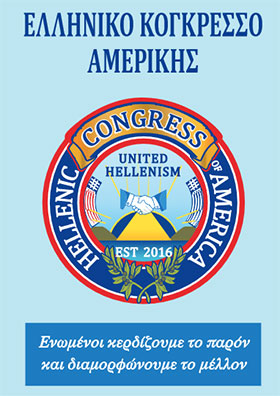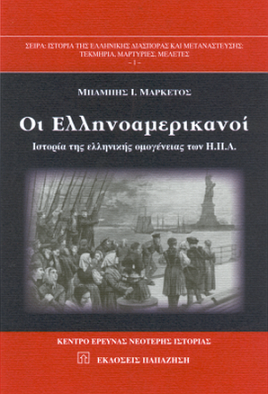Οι Ελληνο-Αυστραλοί για την επιστροφή των Γλυπτών του Παρθενώνα

It was fitting that the International Association for the Reunification of the Parthenon Sculptures, with a strong Australian presence, chose World Culture Day on 21 May to spearhead a new dynamic demand for the return of the stolen antiquities to Greece in cooperation with the Greek Ministry of Culture and Sports.
Letters were sent to the Greek Culture and Sports Minister Lina Mendoni by the presidents of the committees, proposing a coordinated pressure on the British Museum to decide on the return of Parthenon’s sculptures to their home of Athens.
The Greek Australian Vice President of the Australian faction Elly Symons writes: “born in Greece, sculpted in Pentelic marble and carved in the Acropolis, creating the most valuable architecture of Western Culture, the Parthenon. This is the biggest art crime in history. Its restoration will honour the friendship between England and Greece. This flawless beauty lives only in the Attican light. The reunification of the Sculptures in Athens is an artistic, cultural and moral imperative.”
Emanuel Comino and Russel Darnley, from another Australian commission, stress that “now the British government has a chance to show a leading role, to correct an injustice and to return the Sculptures to Greece.”
Ms Mendoni has scheduled an international meeting of all the committees for the beginning of next year, to foster the coordination and support of a new improved international campaign organised by the Ministry of Culture and Sports.
Lecturer at the La Trobe University Dimitris Gonis also highlighted in an article in The Australian the need for the return of the Parthenon Sculptures from Britain to Greece.
“The Parthenon is to Greece what the Pyramids are to Egypt, the Colosseum is to Rome, Stonehenge is to Britain, or Uluru is to Aboriginal Australians. Everyone knows who they belong to. Built between 447 and 438 BCE, The Parthenon represents the most sublime expression of harmony between the Ancient Greeks and the universe around them — a religious statement conveyed in brilliant symmetry and comprised of materials steeped in the spirituality of the Greek terrain,” he said.
Mr Gonis also continues analysing the process by which Elgin extracted the Sculptures, causing irreparable damage.
“In 1801, the British ambassador to Constantinople, Thomas Bruce, 7th Earl of Elgin, was given permission by the Ottoman government of the day to take casts and “some pieces of stone with old inscriptions and figures” from the Parthenon. He, however, ordered the wholesale removal of friezes and metopes, including one of the six Caryatids, maidens from the Erechtheion Temple.”
During this process many treasured artefacts were ripped from their posts, heavily damaged in the process.
“Items too heavy to transport had sections sawn off to reduce weight, were packed and shipped off to England in 1803. One ship sank off the coast of the island of Kythera. It took two years before the treasures were salvaged.”
The Marbles came into the hands of the British government when Elgin went bankrupt in 1816 and sold them for £35,000.
As a consequence the British Museum became their “legal trustees”.
πηγή:neoskosmos.com










Σχόλια Facebook